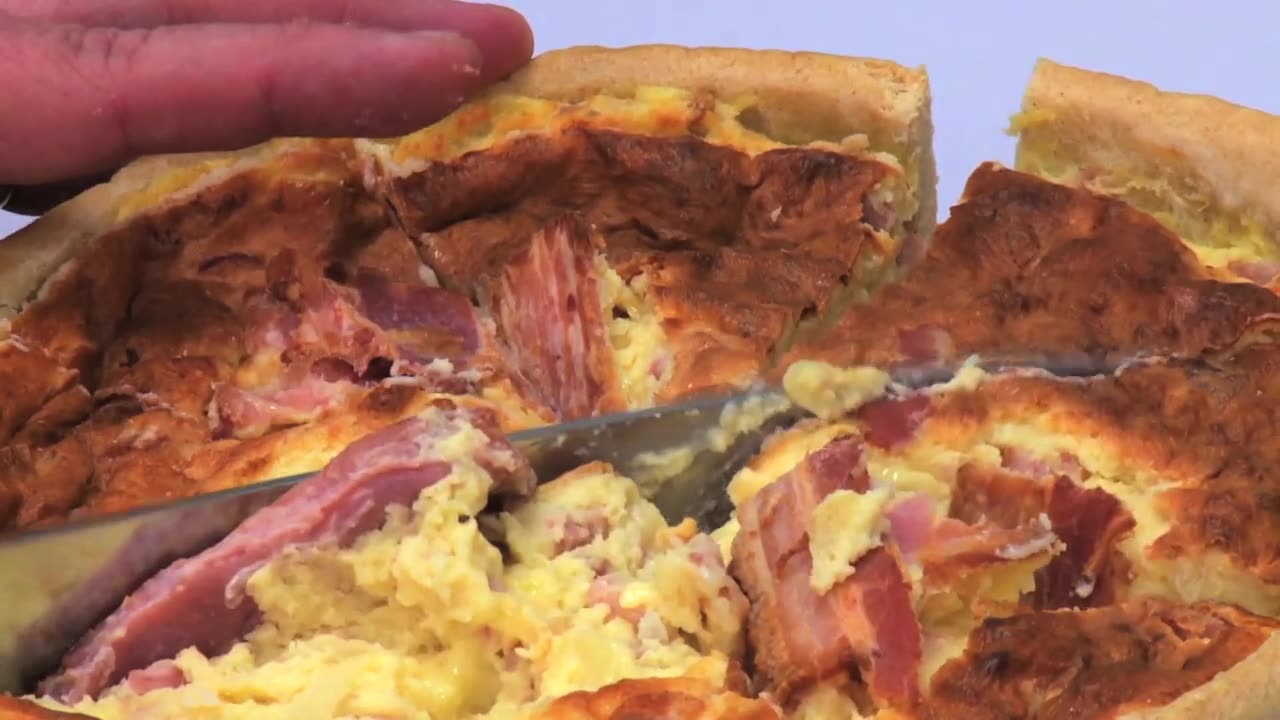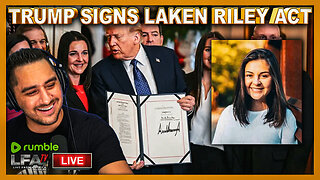Premium Only Content

Food safety coaching (Part 4)- Keeping foods covered
**Food Safety Coaching (Part 4) – Keeping Foods Covered**
Covering food properly is a critical component of food safety that helps prevent contamination, maintain freshness, and reduce the risk of foodborne illnesses. Here are some key guidelines and practices for ensuring food is kept covered in both commercial and domestic settings:
---
### **Why Keeping Food Covered is Important**
1. **Prevents Contamination:**
- Protects food from dust, dirt, and foreign objects.
- Reduces exposure to airborne bacteria, viruses, and allergens.
- Prevents pests such as flies, rodents, and insects from accessing the food.
2. **Avoids Cross-Contamination:**
- Separates raw and cooked food to prevent the transfer of harmful bacteria.
- Ensures allergens are not transferred from one food to another.
3. **Maintains Freshness and Quality:**
- Prevents the food from drying out or losing moisture.
- Minimizes oxidation, which can alter taste and appearance.
4. **Controls Temperature:**
- Helps retain the temperature of hot or cold food for longer periods, reducing the risk of bacterial growth.
---
### **Best Practices for Keeping Foods Covered**
#### 1. **Use Proper Covering Materials**
- **Cling Film or Aluminum Foil:** Ideal for wrapping leftovers or covering food in the fridge.
- **Food-Safe Lids:** Use lids that fit snugly on containers to prevent leaks and contamination.
- **Reusable Covers:** Invest in washable silicone lids or fabric covers for eco-friendly options.
- **Mesh Covers:** For outdoor dining, use fine mesh covers to keep flies and insects away.
#### 2. **Store Food in Suitable Containers**
- Use airtight containers for dry foods and leftovers to lock in freshness.
- Store raw meat, poultry, and seafood in leak-proof containers at the bottom of the fridge to avoid dripping onto other foods.
#### 3. **Label and Date Food**
- Clearly label covered food with the date of storage to track its shelf life and prevent spoilage.
#### 4. **Follow Temperature Control Guidelines**
- Cover hot foods and refrigerate within **two hours** to reduce the risk of bacterial growth.
- Do not cover foods with airtight materials while they are still hot—let them cool slightly first to prevent condensation.
#### 5. **Cover During Preparation**
- Always keep food covered during preparation stages when not actively being worked on to minimize exposure to contaminants.
#### 6. **Outdoor Settings**
- Keep picnic or BBQ foods covered with suitable mesh or lids until served.
- Avoid keeping food uncovered for more than two hours outdoors, especially in warm temperatures.
#### 7. **Use Separate Covers for Raw and Cooked Foods**
- Prevent cross-contamination by designating different containers or covers for raw and cooked items.
---
### **Common Mistakes to Avoid**
1. **Leaving Food Uncovered in the Fridge:**
Leads to odors mixing and potential contamination.
2. **Using Non-Food-Safe Materials:**
Avoid using newspapers, non-food-grade plastic, or other unsuitable materials to cover food.
3. **Partially Covering Food:**
Exposed areas can still become contaminated or dry out.
4. **Reusing Dirty Covers:**
Always wash or replace reusable lids or wraps after use to ensure hygiene.
---
### **Key Reminder**
Keeping food covered is a simple yet effective practice for ensuring food safety. In commercial settings, businesses are required to adhere to these practices to comply with health and safety regulations. In households, these habits can greatly reduce foodborne illnesses and food waste.
Would you like tips on specific types of food or storage methods?
-
 1:08:47
1:08:47
Man in America
14 hours agoDr. Makis EXPOSES Big Pharma’s SICK Vaccine Scam—RFK Jr. Must Act NOW!
104K26 -
 1:28:21
1:28:21
Glenn Greenwald
12 hours agoRFK Jr. Hearing Reveals DC Pro-Pharma Consensus; Trump's Executive Order to Deport Student Protesters Criticizing Israel; Untangling DC Think Tank Funding & Influence | SYSTEM UPDATE #399
151K167 -
 1:23:44
1:23:44
Space Ice
13 hours agoSpace Ice & Redeye: Van Damme's The Quest: Pirates, Clowns, James Bond & Bloodsport
49.6K3 -
 59:57
59:57
The StoneZONE with Roger Stone
11 hours agoJ6 Martyr Enrique Tarrio Describes Inhumane Prison Conditions Ordered by Biden | The StoneZONE
47.4K4 -
 16:48
16:48
Tundra Tactical
10 hours ago $8.05 earnedAffordable Medical Gear From ACETAC SHOT Show 2025
84.8K4 -
 1:46:16
1:46:16
Redacted News
13 hours agoRFK CONFIRMATION: Kennedy goes to WAR with Big Pharma Democrats in Fiery Hearing | Redacted Live
264K429 -
 57:31
57:31
Candace Show Podcast
14 hours agoBREAKING! Taylor Swift Turns Against Blake Lively & Ryan Reynolds | Candace Ep 141
241K177 -
 1:04:59
1:04:59
Sarah Westall
11 hours agoRFK Jr Report, Constitution Suspended, War Time Procedures in Place, WHO Exit, DOD w/ Sasha Latypova
81K34 -
 1:56:37
1:56:37
Melonie Mac
15 hours agoGo Boom Live Ep 35!
69.6K15 -
 1:01:13
1:01:13
LFA TV
18 hours agoPRESIDENT TRUMP SIGNS LAKEN RILEY ACT | BASED AMERICA 1.29.25 6pm
74.5K8